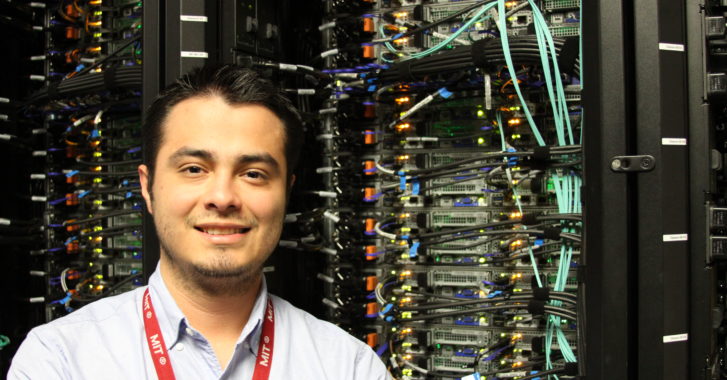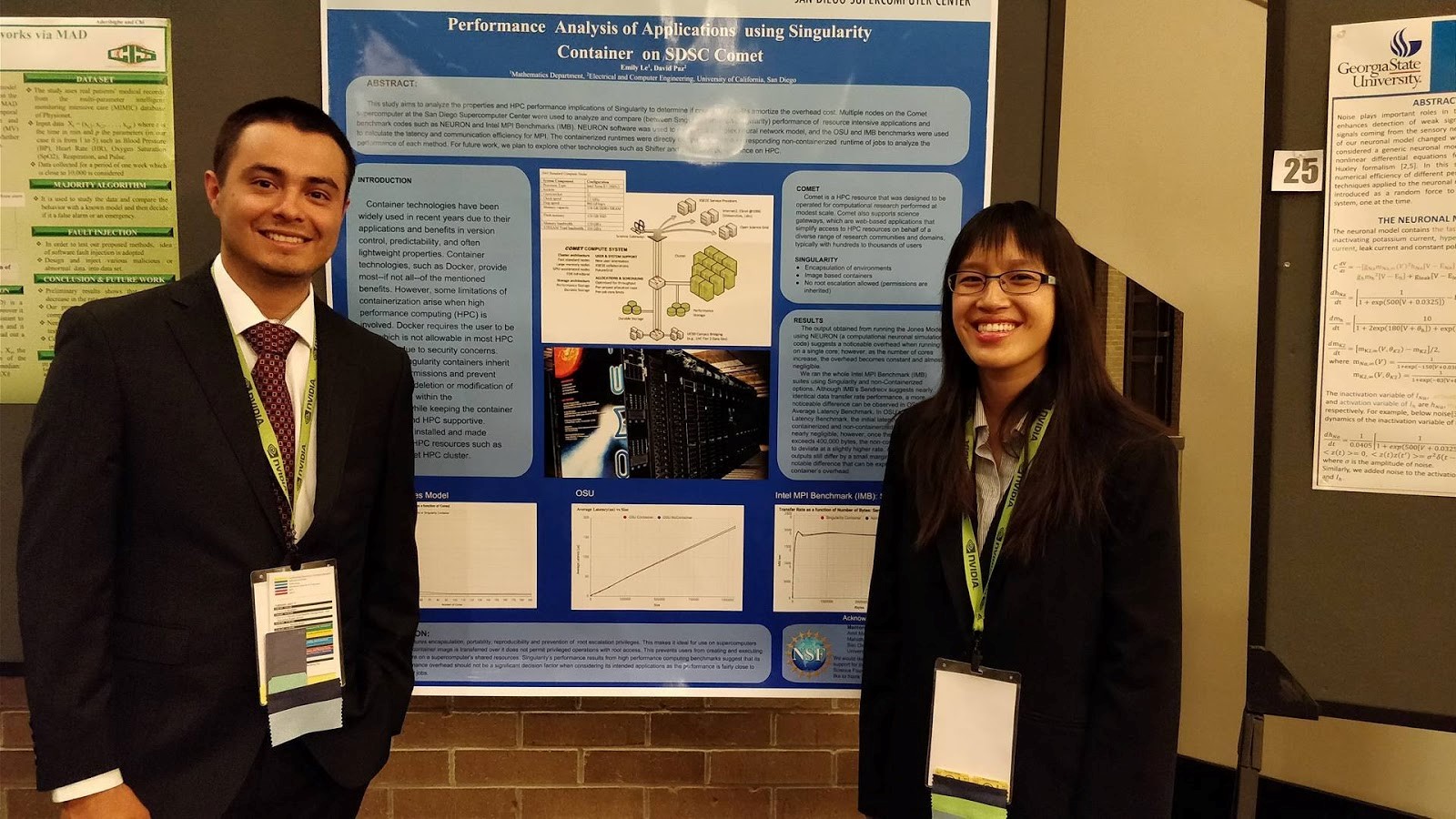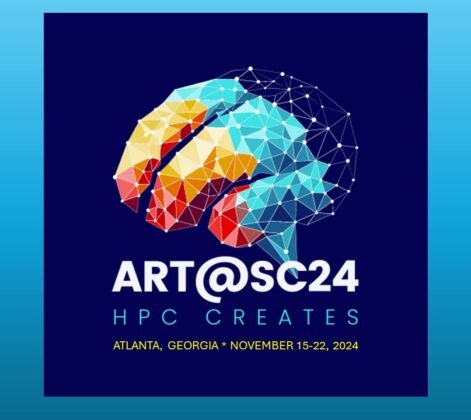By David Paz (Massachusetts Institute of Technology; University of California at San Diego; San Diego Supercomputer Center)
My alarm went off at 1:30 a.m. It was time for a slight “context switch” as I traveled to Boston’s Logan Airport on my way to New Orleans to attend my first-ever research conference: PEARC17.
I joined the conference student program one day late since I had an MIT-related commitment I couldn’t reschedule. While I feared I would miss important activities–and it was disappointing to miss the orientation, FBI agent cybersecurity presentation and opportunity to meet fellow students in one venue–the circumstances of my late arrival led to one of the more interesting highlights of my PEARC17 experience.
When I arrived at the hotel, I had some time before the next scheduled activity, and wanted to get some work accomplished in my room. When I opened the door to my assigned room, another student was already there and hard at work; we quickly realized that three had been assigned to a two-bed room. For a moment, we laughed about the implications of having to double-up, but the hotel front desk quickly sorted it out. In retrospect, the chance encounter with fellow PEARC17 student program participant David Ojika (U-Florida) kick-started a collaboration discussion that wouldn’t have taken place if it weren’t for the mix-up.
At the poster session, Emily Le, my research partner from the San Diego Supercomputer Center (SDSC) and I presented on the topic of Singularity containers, and how they affect system performance when used to manage workflows. Attendees asked a variety of great questions, but we soon realized that the audience included professionals from “long-tail” disciplines that didn’t understand computational science jargon that we felt too comfortable using. English was a second language for many, and our science, itself, was foreign to some.
What did we learn? When preparing presentations for research computing conferences, be sure to follow best practices for communication and teaching.
- Know your audience, and make eye contact so you can tell if they’re understanding your presentation. If some look confused, rephrase and repeat the most important concepts.
- Take your time, and speak clearly. Don’t mumble.
- Brief bullets; not too many on one page. Don’t overload slides.
- Use graphics responsibly!
For those who weren’t familiar with containers, in general, we took time to explain more about them, how are used and their benefits. For others, we entertained deeper technical discussions. Everyone seemed to enjoy our presentation, and many stuck around to ask questions. We will definitely apply what we learned at PEARC when preparing presentations in the future, whether it’s for class, research computing or data conferences that attract a diverse community, like PEARC.
The PEARC Student Program pairs students with experienced mentors, and I had the pleasure of being mentored by Cherry Liu (Georgia Tech). Dr. Liu is a parallel computing expert, but she also provided insight on graduate-level research and collaboration. We talked about the transition between undergraduate and graduate school, and how mentors can help maximize a student’s potential. She explained some of the variables that determine a PhD student’s success, including taking time to set mentor-protege expectations, and the importance of research relevance.
It was certainly a busy week! While the technical content was appreciated, the mentoring experience, opportunity to network and newly-acquired soft skills were unexpected PEARC takeaways that will serve me well for a lifetime.
_____
David Paz was among 66 students from dozens of U.S. colleges and universities who attended the Practice & Experience in Advanced Research Computing (PEARC17) conference last week. His PEARC17 participation was supported by Google, Micron Foundation and the Science Gateways Community Institute (SGCI) via their donations to STEM-Trek Nonprofit.
_____
The PEARC17 Student Program was chaired by Alana Romanella (Virginia Tech), with committee members: Kate Cahill (Oklahoma State University); Peter Enstrom (NCSA); Ricardo Gonzalez (University of Puerto Rico/Mayagüez); Elizabeth Leake (STEM-Trek); Melissa Romanus (Rutgers); Semir Sarajilik (Georgia State University); and Ester Soriano (NCSA).





